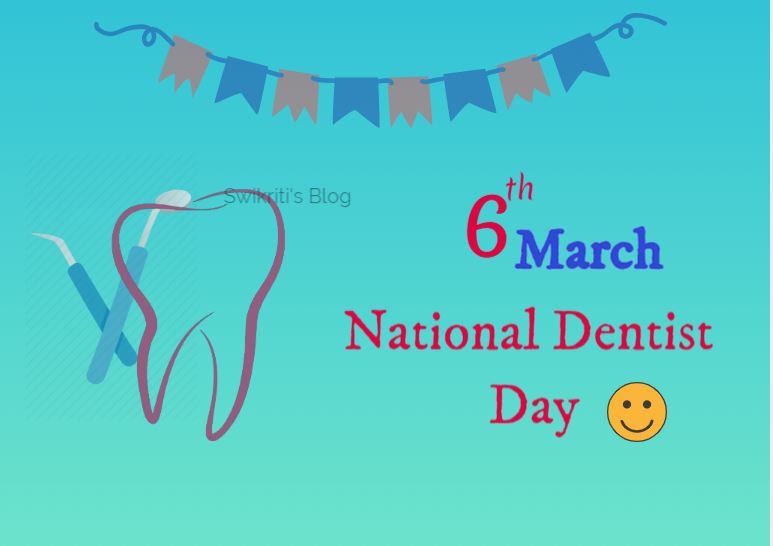High blood pressure, also known as hypertension, is a common health condition that affects millions of people worldwide. It’s often referred to as the “silent killer” because it usually has no noticeable symptoms until it becomes severe.
However, the good news is that there are several lifestyle changes you can make to maintain a healthy blood pressure range. In this blog post, we’ll explore the basics of blood pressure and provide you with valuable tips to help you keep it in check.
Understanding blood pressure
Before diving into the tips, let’s take a moment to understand what blood pressure is and why it matters. Blood pressure is the force of blood against the walls of your arteries as your heart pumps it around your body. It consists of two numbers:
- Systolic pressure – This is the higher number and represents the force when your heart beats and pumps blood into your arteries.
- Diastolic pressure – This is the lower number and represents the force when your heart rests between beats.
A normal blood pressure reading is typically around 120/80 mm Hg (millimeters of mercury). High blood pressure occurs when these numbers consistently exceed 130/80 mm Hg. Having high blood pressure puts you at a greater risk of heart disease, stroke, and other health problems.
Now, let’s delve into the 10 tips that can help you maintain a healthy blood pressure range.
1. Monitor your blood pressure
Regular monitoring is essential for understanding your blood pressure. You can invest in a home blood pressure monitor to keep track of your readings. Record your measurements and share them with your healthcare provider during check-ups.
2. Maintain a healthy weight
Excess body weight places additional strain on your heart and can lead to high blood pressure. Losing weight through a combination of a balanced diet and regular exercise can help lower your blood pressure and improve overall health.
3. Adopt a balanced diet
What you eat plays a crucial role in blood pressure regulation. Focus on a diet rich in fruits, vegetables, whole grains, lean proteins, and low-fat dairy products. Reduce your sodium intake by avoiding highly processed foods and excess salt.
4. Limit alcohol intake
Drinking alcohol in moderation is generally acceptable for most adults, but excessive consumption can raise blood pressure. Limit your alcohol intake to one drink per day for women and two drinks per day for men.
5. Reduce caffeine
Caffeine can temporarily raise blood pressure, so it’s a good idea to monitor your intake. If you’re sensitive to caffeine, consider switching to decaffeinated beverages or herbal teas.
6. Incorporate regular exercise
Regular physical activity is one of the most effective ways to control blood pressure. Aim for at least 150 minutes of moderate-intensity aerobic exercise or 75 minutes of vigorous-intensity exercise each week, along with strength-training activities on two or more days.
7. Manage stress
Stress can contribute to elevated blood pressure. Practice stress-reduction techniques such as meditation, deep breathing exercises, yoga, or engaging in hobbies that help you relax.
8. Quit smoking
Smoking is a major risk factor for high blood pressure and heart disease. Seek support and resources to quit smoking, as it can significantly improve your overall health.
9. Limit processed foods
Processed foods often contain high levels of salt, unhealthy fats, and added sugars. Opt for fresh, whole foods whenever possible to reduce your sodium intake and promote better heart health.
10. Stay hydrated
Drinking enough water is vital for our health, and it helps regulate blood pressure. Dehydration can briefly raise blood pressure. To manage your blood pressure, stay hydrated by drinking ample water daily. In areas like Utah with hard water, consider a water softener for better water quality and proper hydration, supporting healthy blood pressure levels.
Incorporating these tips into your daily life can significantly contribute to maintaining a healthy blood pressure range. However, it’s important to note that these changes may take time to show their full effects, so be patient and consistent in your efforts.
Additionally, always consult with your healthcare provider before making significant lifestyle changes, especially if you have pre-existing medical conditions or are taking medications. They can provide personalized guidance to help you achieve and maintain a healthy blood pressure range that’s right for you.














